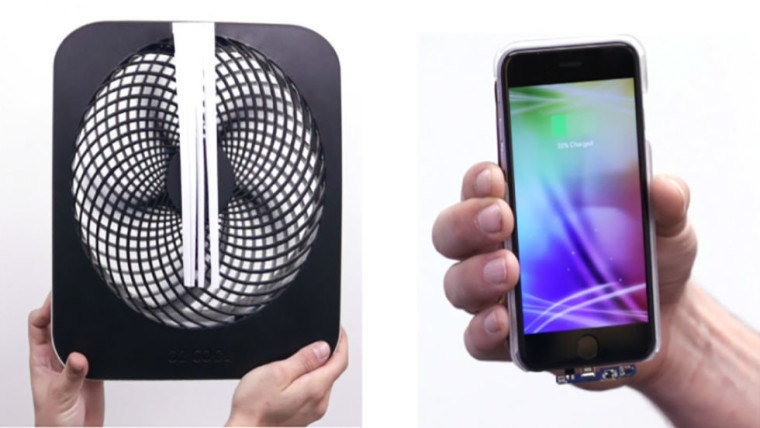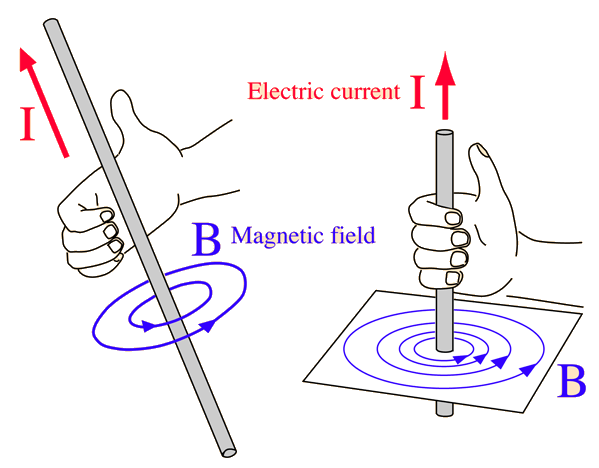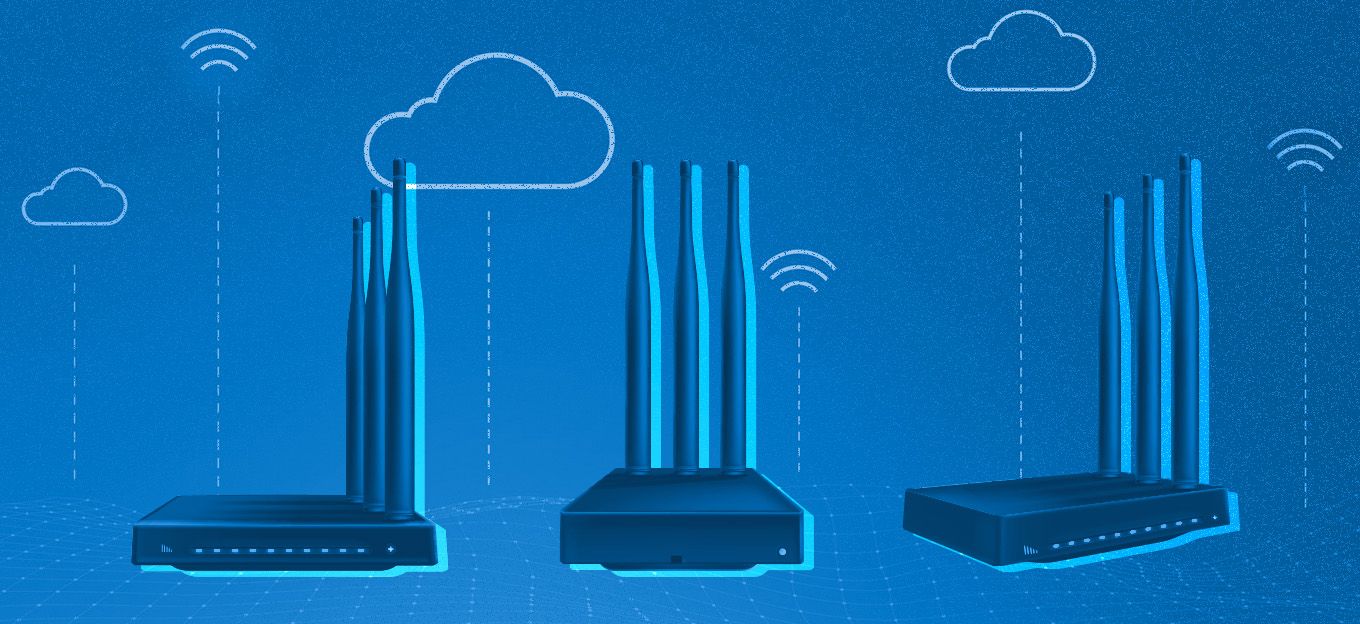Disney is Chasing After Nikola Tesla’s Dream
Disney is Chasing After Nikola Tesla’s Dream
- Last Updated: December 2, 2024
Yitaek Hwang
- Last Updated: December 2, 2024



In the 1890s, Nikola Tesla had a vision for wireless power transfer. 120 years later, we still don’t have wireless charging figured out, other than those charging pads for smartphones and electric toothbrushes. Earlier this week, Disney research revealed its prototype for room-scale wireless power delivery.
According to the report, up to 10 objects can be powered wirelessly without having to be placed near a charging pad. The video shows an iPhone, a lamp, and a fan being charged inside Disney’s power delivery room. The room pumps about 1.9 kW of power between 40–95% efficiency, depending on the orientation of the device.

Unfortunately, the technology is far from commercial ready because of several limitations.
First, the end devices need to be equipped with a special receiver. Second, the room must be made out of aluminum panels with a copper pipe in the middle of the room. This copper pipe has a ring of capacitors near its center. Finally, a signal generator outside the room has to generate 1.32MHz tone to produce the quasistatic cavity resonance process.
If you think back to your physics class, the underlying principle is similar to a magnetic field caused by a current-carrying wire (remember those right-hand rules?).

Because Disney’s room is made out of aluminum panels, current travels up the pole to the ceiling, down the walls, and to the floor, generating a magnetic field. The capacitors on the pole set the resonant frequency and isolate the electric fields. One problem with this design is that if the receiver is orthogonal to the magnetic field, there is no power transfer. Disney overcame this problem by designing a new receiver with three orthogonal coils to allow power transfer at any angle.
While Disney researchers are confident that this technology can either scale up to warehouse levels or down to small charging boxes, questions remain about safety and efficacy.
When pumping in 1.9kW of power, humans must stay at least 46 cm from the pole to avoid absorbing too much energy into the body. Also, unless devices are actively consuming energy, we can’t continuously pump in more power into the room, meaning that a power consumption monitor is required to not strain the room.
Still, what Disney showed is closer to wireless charging than what Samsung and Apple claim when they offer cutting-edge technology for charging your phone wirelessly. Even if Disney’s technology is not commercially ready, it’s the best we have in finally fulfilling Tesla’s vision.
The Most Comprehensive IoT Newsletter for Enterprises
Showcasing the highest-quality content, resources, news, and insights from the world of the Internet of Things. Subscribe to remain informed and up-to-date.
New Podcast Episode

IoT and AI in 2026
Related Articles


